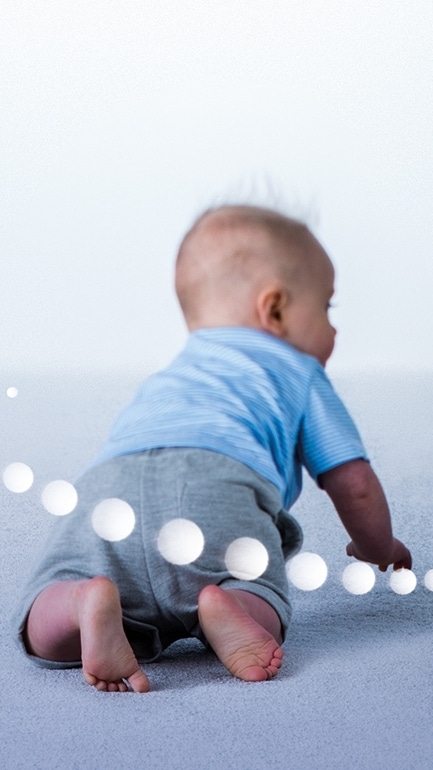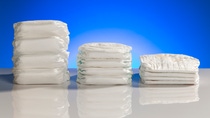47 %
of all babies will have a diaper by 2025

Hygiene
Baby diapers, adult incontinence and feminine hygiene products would be incomplete without superabsorbents that ensure that fluid is safely locked away and that skin and clothes remain dry and clean.
They are true high-tech products that, over the years, have become more comfortable, thinner and more absorbent. The main reason lies in the use of innovative superabsorbent polymers.
With their help it has been possible to develop thinner diapers that not only keep babies dry for a longer time, offer more freedom of movement and due to material savings even contribute to sustainability.
We offer optimized products for a wide range of diaper cores, from high to low fluff content with a high absorption capacity, permeability and absorbency under load.
47 %
of all babies will have a diaper by 2025
More and more people can afford to buy hygiene products
Consumption patterns for hygiene products can vary greatly among emerging markets because of culture, religion, climate etc.
Incontinence products
In industrialized nations life expectancy is continuously rising and societies are aging. This results in many challenges and raises many questions such as: How do we ensure that older people enjoy a good quality of life?
This involves dealing with the important issue of incontinence. Frequently the people concerned feel embarrassed; they avoid being close to other people as they fear that someone may smell the urine, or they hardly drink any water before they leave their homes because they are afraid that their pads might overflow.
Market studies have shown that incontinence products must, above all, fulfill two criteria:
BASF’s HySorb® Advanced Odor Control has been specifically developed to meet these requirements. Its excellent absorption performance keeps the skin dry, maintains a neutral ph and allows the design of even thinner diapers. Furthermore, its innovative formula delays the formation of urine odor from ammonia for up to nine hours, providing a new level of confidence and comfort for people with incontinence.
World Facts
Feminine hygiene products
World Facts
Only
60%
is the global market penetration by now







